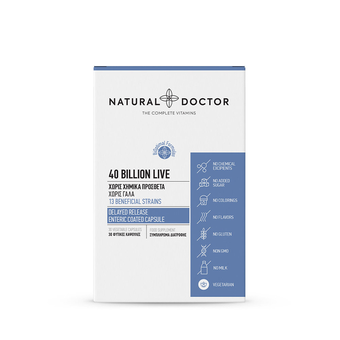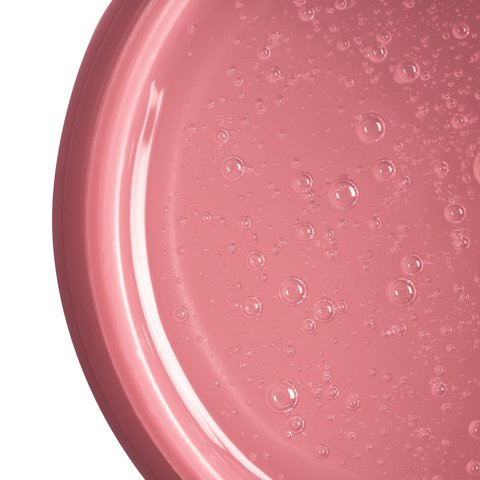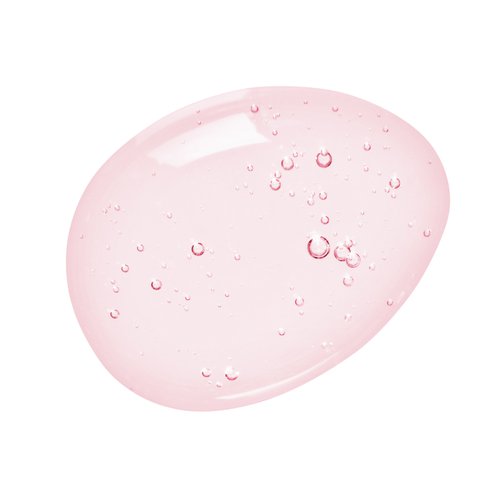Lifestyle affects the vaginal microbiome

At all stages of a woman's life, frequent changes naturally occur in the vaginal microbiome. Estrogen plays a vital role in the composition of the vaginal microbiome.
Estrogen increases the amount of stored glucose in the body called glycogen. Glucose, in turn, promotes the growth of lactobacillus. So when estrogen levels are low, various disorders can often occur.
Reproductive age and lactobacillus
During menstruation, changes in the microbiome composition are likely to appear. The diversity of the vaginal microbiome increases, the number of lactobacilli decreases and the overall microbiome becomes less stable.
The causes of these changes may be related to tampon use, daily hygiene routine, sexual activity and fluctuations in estrogen and progesterone levels.
Menopause and lactobacillus
The vaginal microbiome also changes with hormonal imbalances as a woman goes through menopause as the number of lactobacilli tends to decrease and vaginal pH increases.
When estrogen drops, so do vaginal secretions that contain nutrients that support healthy bacterial growth.
When lactobacillus does not monopolize the vaginal microbiome, the reproductive tract is more likely to be unbalanced, increasing the risk of infections and other health problems.
For example, postmenopausal women are at increased risk of endometrial cancer. Research shows that the microbes current in the vaginal environment of women with endometrial cancer differs from those in the vaginal environment of women who do not have endometrial cancer.
Additionally, declining estrogen contributes to a menopausal genitourinary syndrome, a postmenopausal condition that affects the vagina, vulva, and lower urinary tract.
Also, changes ensue in the anatomy and function of these tissues, causing symptoms such as vulvar discomfort or pain and discomfort during urination.
Probiotics & microbiome
Probiotics are live bacteria with significant benefits for the body. 40 Billion Live is an effective probiotic containing 13 live beneficial strains, of which 8 are Lactobacillus strains.
It is dairy free and comes in enteric-coated capsule form with gradual release technology, which means the bacteria it contains reach the gut almost intact to colonize it.



